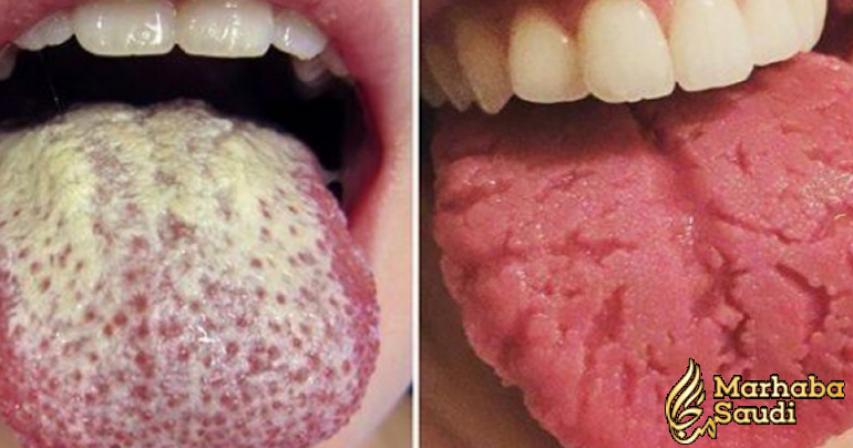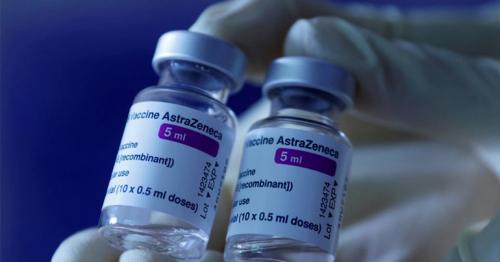12 Warning Signs Your Tongue May Be Sending About Your Health

With all of the myriad symptoms which may point to a problem with your health, accurately diagnosing an illness can sometimes feel like throwing darts at a target while blindfolded. For this reason, it is crucial to be aware of all of the possible places where these warning signs may crop up.
While it may seem like a strange indicator, there are quite a few symptoms which affect the tongue. Normally a healthy pink color and covered in a uniform layer of small bumps called papillae, a tongue with any unusual growths or discoloration may actually be an early-warning sign for another more serious malady.
Read on to discover some of the warning signs your tongue may be sending and learn what to look for in order to identify these potentially dangerous symptoms.
1. White Coated Tongue
A tongue with a creamy white coating over its surface is caused by overgrowth of yeast, a condition known as Oral Thrush. While fungi and other colonies of microbes are naturally present in and around our bodies, they sometimes get out of hand and can cause serious health problems. Often caused by an absence of buccal bacteria which normally keep yeast in check, fungal overgrowth is most commonly a result of the use of antibiotic medications. It is possible to clear up this condition through more frequent and thorough brushing of your teeth and the surface of your tongue. Adding more probiotic foods to your diet will also go a long way toward rebuilding your body’s natural bacterial colonies which will naturally restore the balance of beneficial microorganisms in your mouth.
2. White Dotted Tongue
If the surface of your tongue is dotted with small white spots, this may also be symptomatic of Oral Thrush. Again, try eating more probiotic foods and step up your daily oral hygiene routine. If the problem persists or worsens, you’ll definitely want to speak to your doctor as soon as possible.
3. Red Tongue
Should your tongue take on an abnormal reddish color, you may have a Streptococcus infection. If you also notice that your throat is scratchy or sore, you’ll definitely want to visit with your doctor for treatment.
In the absence of a sore throat, having a red tongue may simply mean you need to include more B vitamins and iron in your diet. Eat foods like lentils and beans, spinach, lean meat and fish to obtain more of these essential nutrients. You can also follow some of these easy methods to naturally increase your iron levels.
4. Pale or “Bald” Tongue
A healthy tongue looks and feels slightly bumpy due to the multitude of tiny papillae on its surface. If yours appears too smooth or much paler than usual, this may also indicate a deficiency in vitamin B12 or iron which can cause the papillae to atrophy and eventually fall off.
5. Black “Hairy” Tongue
Probably the most visually-disturbing tongue symptom on our list, a black or dark brown hairy-looking coating is caused by excessive bacterial growth on and around the papillae which naturally line the surface of your tongue. Fortunately, there are a couple of easy fixes which can quickly clear up this condition.
Practice better oral hygiene by brushing more frequently and thoroughly. You may also want to try reducing your consumption of high-sugar foods which feed the offending microorganisms and encourage them to grow faster.
Black “hairy” tongue may also be caused by smoking and can be a powerful motivator to help break the addiction.
6. Purple or Bluish Tongue
If your tongue has taken on a purple or bluish hue, this is most likely an indicator of poor circulation. However, in some cases this type of discoloration can result from a nervous system malfunction. Should the problem persist, you’ll definitely want to see your physician.
7. Webbed or Lacy Tongue
A tongue which displays irregular white web-like patterns or pale striping may indicate a problem with your immune system known as Oral Lichen Planus (OLP) – a chronic inflammatory disease which damages the mucus membranes in the mouth. OLP is also characterized by pain or sensitivity inside the mouth and may be accompanied by similar lacy white or red patches on the insides of the cheeks and lips, as well as on the gums and palate.
If you have any of these symptoms, consult with your doctor as soon as possible as OLP can in some cases develop into a more serious condition.
...[ Continue to next page ] / Source: naturallivingideas






Comments